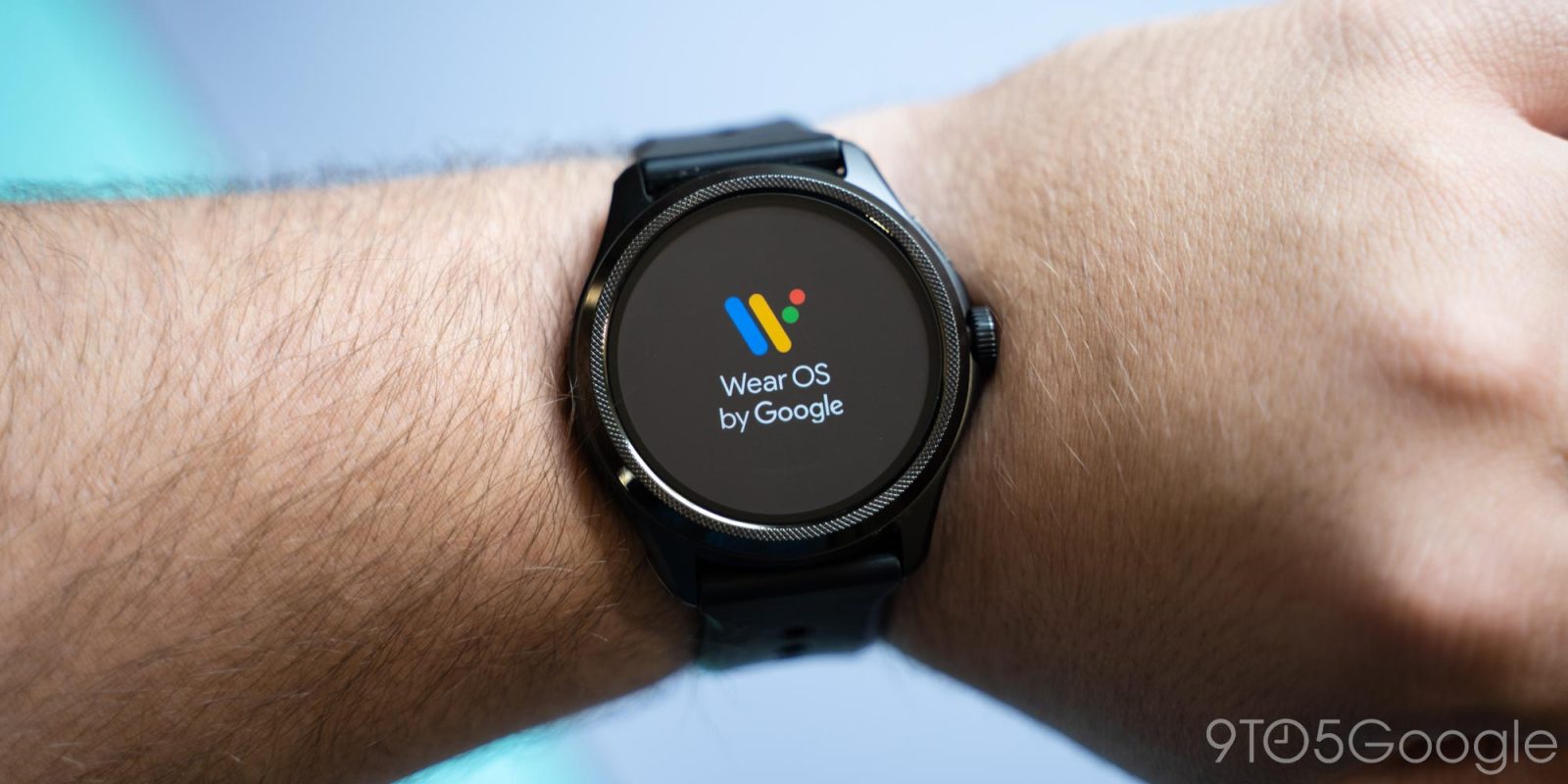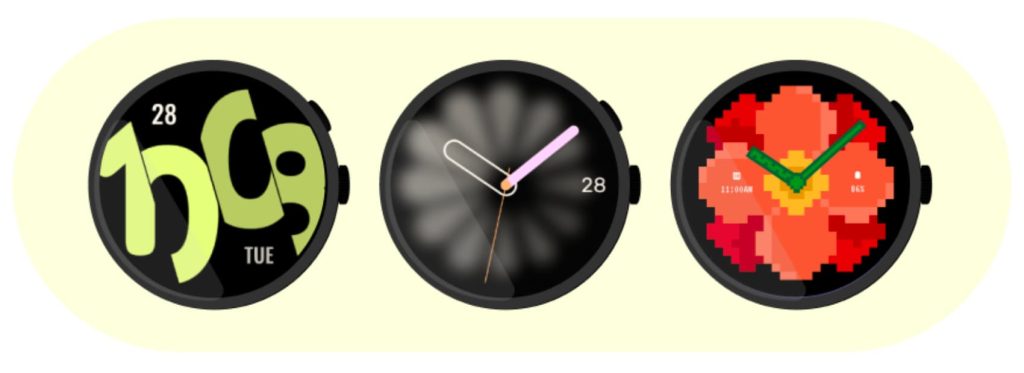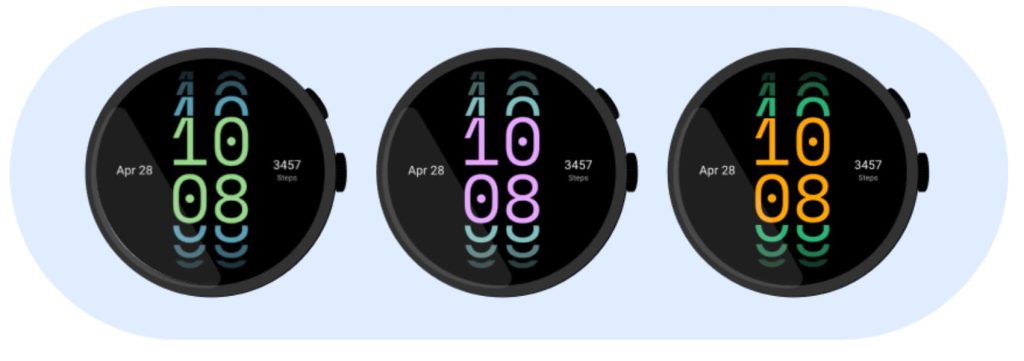
Google introduced the Watch Face Format (WFF) with Wear OS 4 and is now encouraging developers to migrate to access complications.
This declarative XML format for building watch faces means there’s no executable code or code embedded in the watch face APK. Developed in partnership with Samsung, Google frames this as requiring “less maintenance and fewer updates than the ones built using the Jetpack Watch Face libraries.”
The Wear OS platform takes care of the logic needed to render the watch face so you can focus on your creative ideas, rather than code optimizations or battery performance.
For example, watch faces created using WFF are rendered on the co-processor (MCU) and Google said yesterday that the “new format helps future-proof certain watch faces to take advantage of emerging optimizations in future devices for better battery usage.”
Besides performance and battery life, Google has informed developers that continued access to most complication types “on upcoming releases of Wear OS” will require the Watch Face Format.
Specifically, “newer versions of Wear OS won’t show data from most data sources in watch face complications.” Instead, watch faces built with the older Jetpack Watch Face library or Wearable Support Library will only support showing more basic complication types: battery, app shortcuts, unread notification count, date, time & date, day of week, day & date, and world clock
Some developers point out how the Watch Face Format does not allow for more complex features or animations, with Google’s push seemingly favoring simpler designs. That said, the WFF is less than a year old at this point. It remains to be seen whether future versions will allow for more developer customization.
More on Wear OS:
- Wear OS 4 ‘hybrid interface’ will ‘dramatically’ boost battery on OnePlus Watch 2
- Google Maps for Wear OS adds public transit directions
- I flew to Europe and forgot the OnePlus Watch 2’s charger – here’s how long it lasted
FTC: We use income earning auto affiliate links. More.






Comments